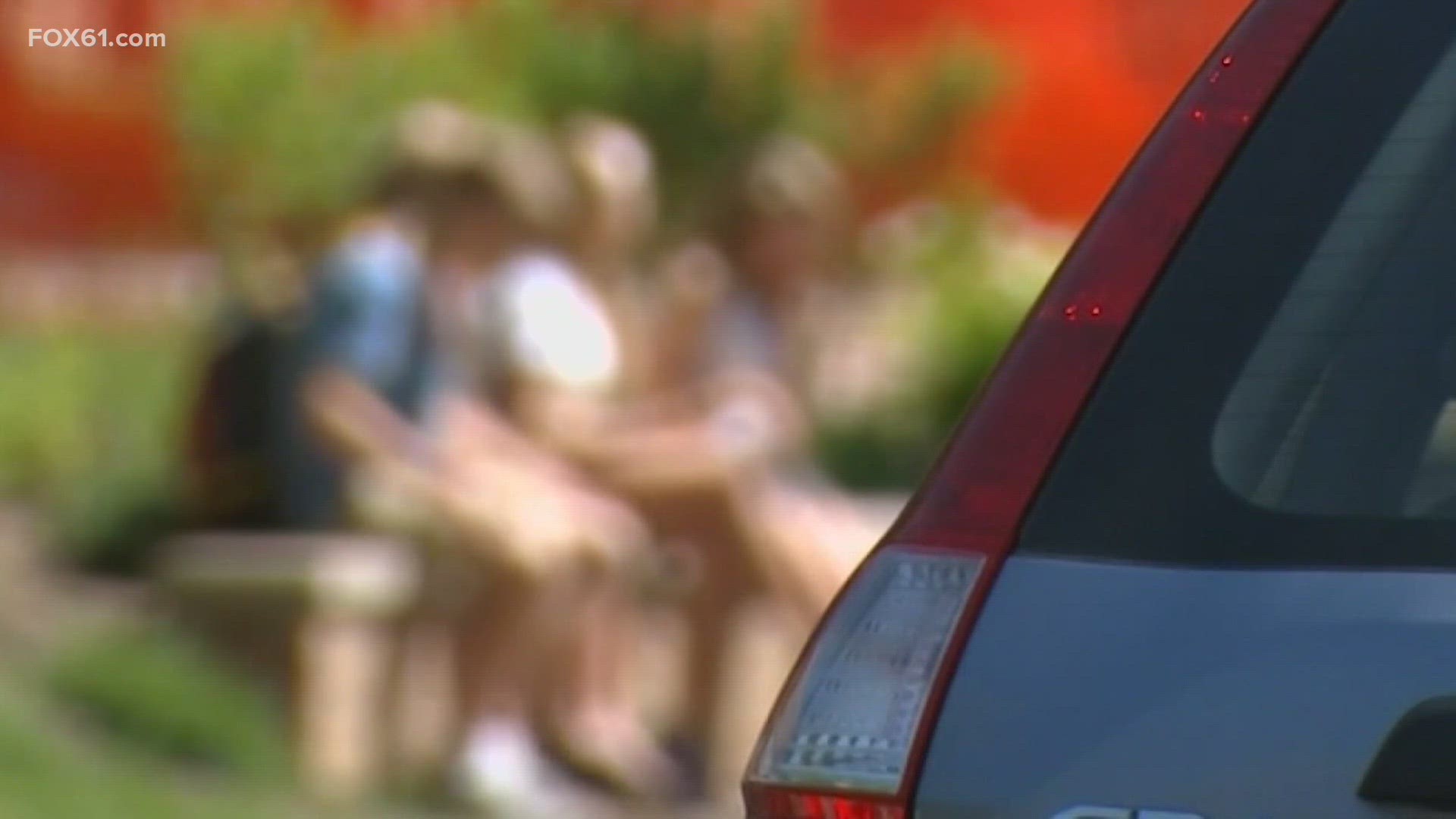



‘A view of the priorities of the President and his Administration’
WASHINGTON — The military and homeland security would see the biggest increases funding if President Donald Trump’s 2018 budget blueprint, released Thursday, is approved by Congress. To offset that growth, the Trump administration proposes spending cuts to a wash of other cabinet-level agencies, including the Environmental Protection Agency (EPA) and the Department of State — which would both lose close to a third of their budgets.
Almost 20 smaller independent agencies would see their funding completely eliminated, like the Legal Services Corporation, the National Endowment for the Arts, and the National Endowment for the Humanities.
Though Thursday’s proposal is only a partial outline of the administration’s fiscal considerations, Mick Mulvaney, director of the federal Office of Management and Budget, wrote that it “does provide lawmakers and the public with a view of the priorities of the President and his Administration.”
The focus on “rebuilding” the nation’s military was one of the “hard choices” made by the president, Mulvaney added in his introduction, intended to bolster contracted defense programs and reverse the “dangerous trend” of what the president sees as a “shrinking military” caused by the Obama administration.
“Not since early in President Reagan’s first term have more tax dollars been saved and more Government inefficiency and waste been targeted,” Mulvaney said. “Every corner of the Federal budget is scrutinized, every program tested, every penny of taxpayer money watched over.”
Budget proposal offers few surprises
For those who followed Trump’s campaign, very little in the discretionary spending proposal should come as a surprise. It reflects almost all of Trump’s pledges from the campaign trail, from his vow to strengthen the nation’s “depleted military”; the promise that he would “take a tremendous amount out” of the EPA, sparing “little tidbits”; or the assurance that he would eliminate what he called “wasteful spending projects” in every federal department.
For some of the key agencies and programs facing cuts, Trump’s cabinet picks were a harbinger of where his priorities laid, or what projects he considered wasteful.
The EPA, tasked with protecting the environment, would see the largest cut if the budget blueprint is enacted — 31 percent. Trump appointed former Oklahoma attorney general Scott Pruitt as head of the agency. Pruitt has been a chief adversary of his own agency’s regulatory work, suing the EPA 14 times since 2011. (Some of these suits were still pending at the time of his appointment.) The agency, if the budget is enacted, will lose 3,200 staff positions. Funding for programs and research related to climate change, a trend of which Pruitt is skeptical, would be discontinued.
The Department of State would see the second-highest decreases in its budget. Rex Tillerson, the former ExxonMobil CEO, was Trump’s pick to head the department, even though the multi-millionaire has no diplomatic experience and close ties to Russia. He’s also vowed that the U.S. would leave the United Nations (UN) Human Rights Council if the organization does not undergo “considerable reform.” Funding for the UN and affiliated agencies (including peacekeeping) would be reduced in 2018 if the Trump proposal passes Congress.
‘Wasteful spending projects’: who needs them?
For many of the poorest Americans, the so-called wasteful spending projects and programs Trump plans to cut or do away with will have serious impact.
Eliminating programs like the Department of Labor’s Senior Community Service Employment program, which coordinates job readiness programs for low-income, unemployed seniors; the Health and Human Services department’s Low Income Home Energy Assistance program, which helps needy families pay their heating bills; and the Legal Services Corporation, which funds free civil legal aid for poor Americans, are all items that will hurt low-income Americans.
Trump voters will be among those most affected by these cuts. Ninety percent of voters in Alabama’s Winston County supported Trump in the presidential election, making it the most pro-Trump county in the country. The county, however, is one of the poorest in the state, with a median household income of $33,685. The state receives home energy assistance grants for its poorest residents, and federal job training programs for seniors under Obama have opened up thousands of job opportunities for older residents in the state. Legal Services Alabama, the only organization in the state dedicated to representing poor residents, takes several thousand family violence, consumer protection, and housing cases a year, most of them at no cost.
Eliminating these, or other programs for the poor and elderly will have pronounced impact on many of the voters who helped elect Trump and establish full Republican control of Congress. While Congress will still have to weigh in on Trump’s proposal, how this apparent conflict will play out remains to be seen.



